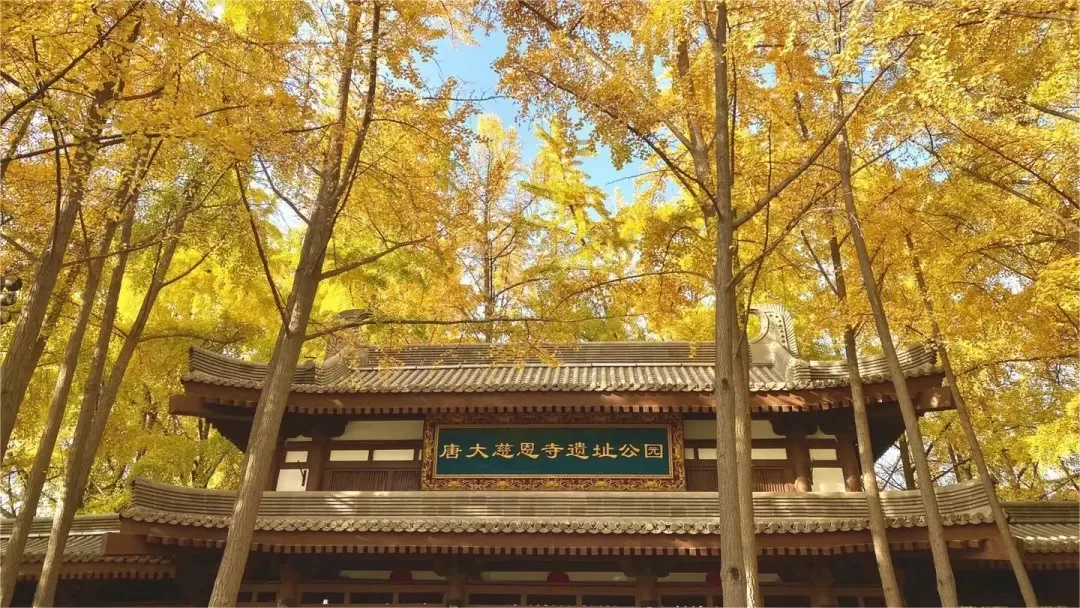Daci’en Temple, also known as the Great Ci’en Temple, is a famous Buddhist temple located in Xi’an, China. It was built during the Tang dynasty (618-907 AD) and is one of the oldest and most well-preserved temples in China. Here are some intriguing facts about Daci’en Temple:
Historical Significance: Daci’en Temple is known for its historical significance as it was once the site of the Buddhist Translation Bureau, which played a key role in translating Buddhist scriptures from Sanskrit into Chinese. The bureau was established in 648 AD during the reign of Emperor Taizong and was responsible for the translation of many Buddhist texts, including the Lotus Sutra.
Size and Architecture: Daci’en Temple is one of the largest temples in China, covering an area of 4.7 hectares (11.6 acres). The temple has a grand and imposing architecture with an impressive 7-story pagoda, known as the Giant Wild Goose Pagoda, as its centerpiece. The pagoda stands 64 meters (210 feet) tall and was built during the Tang dynasty.
Artistic Heritage: The temple is renowned for its exquisite artistic heritage. The murals in the temple are some of the best examples of Tang dynasty art, featuring vivid depictions of Buddhist deities, scenes from Buddhist stories, and ancient Chinese life. The temple also houses many famous Buddhist sculptures, including a 2.4-meter (7.9-foot) tall statue of Maitreya Buddha, which is carved from a single piece of white sandalwood.
Famous Visitors: Over the centuries, Daci’en Temple has attracted many famous visitors. In the 7th century, Xuanzang, a renowned monk, and scholar, visited the temple and studied there for several years. Xuanzang is famous for his journey to India to study Buddhism and for his translations of Buddhist texts. In the 8th century, the famous poet Li Bai visited the temple and wrote a famous poem about the Giant Wild Goose Pagoda.
UNESCO World Heritage Site: Daci’en Temple was designated as a UNESCO World Heritage Site in 2014, along with other cultural sites in Xi’an, such as the Terracotta Warriors and the Mausoleum of the First Qin Emperor. This recognition highlights the historical and cultural significance of Daci’en Temple and its importance as a cultural heritage site in China.
In conclusion, Daci’en Temple is not only a significant cultural heritage site in China but also a fascinating destination for tourists and scholars alike. Its historical significance, size, architecture, artistic heritage, and famous visitors make it an intriguing place to visit and study.


